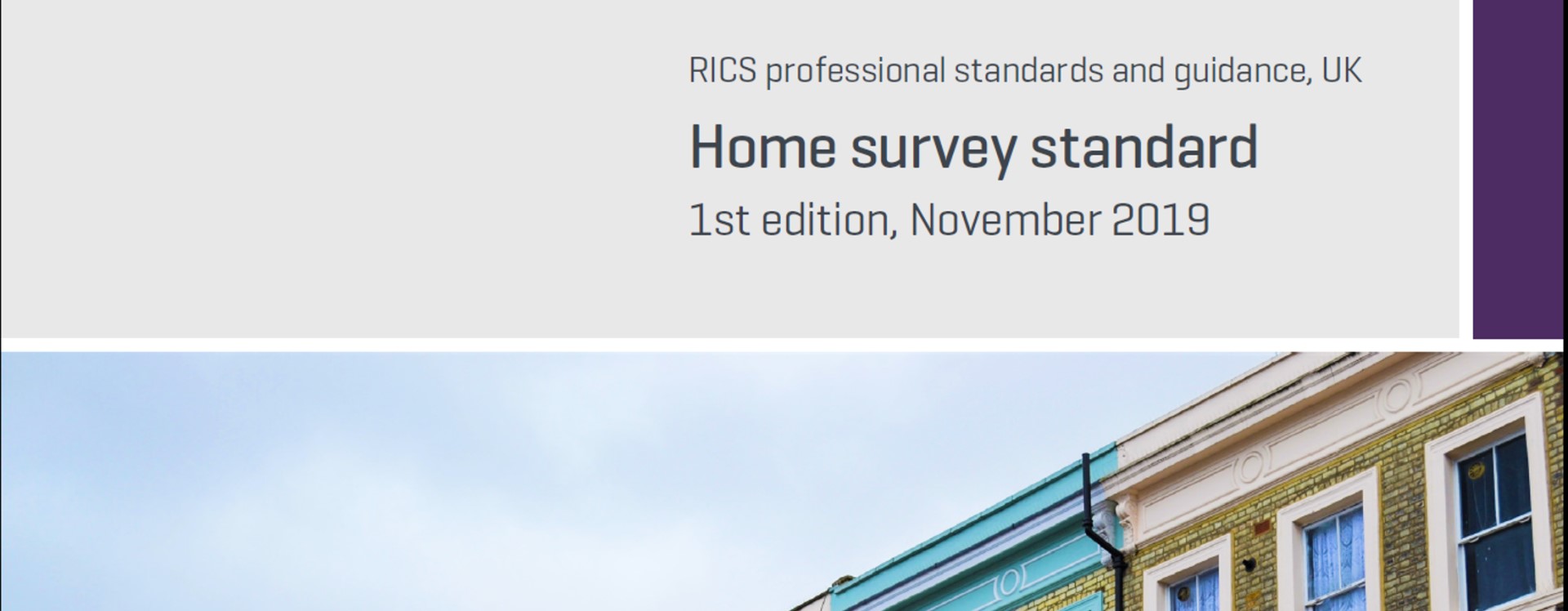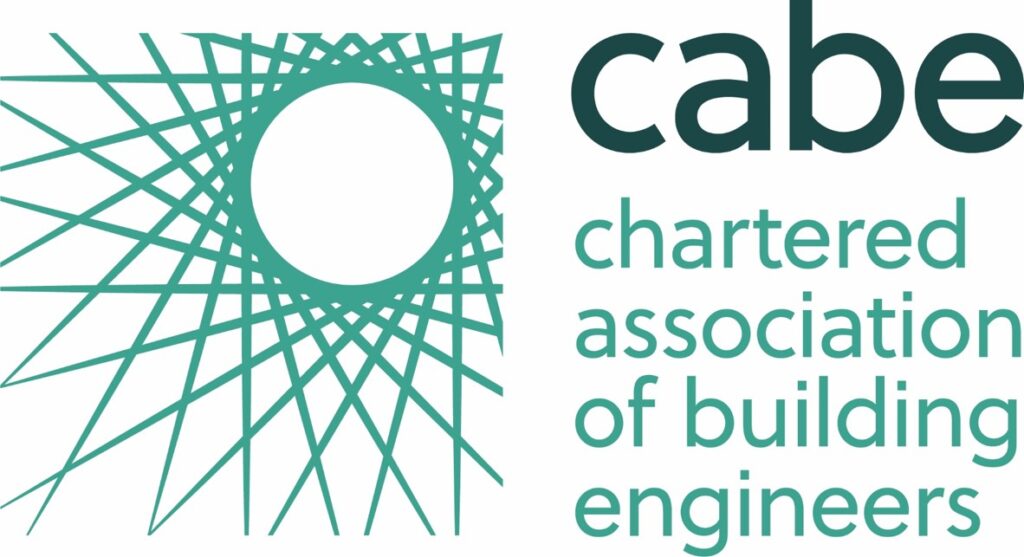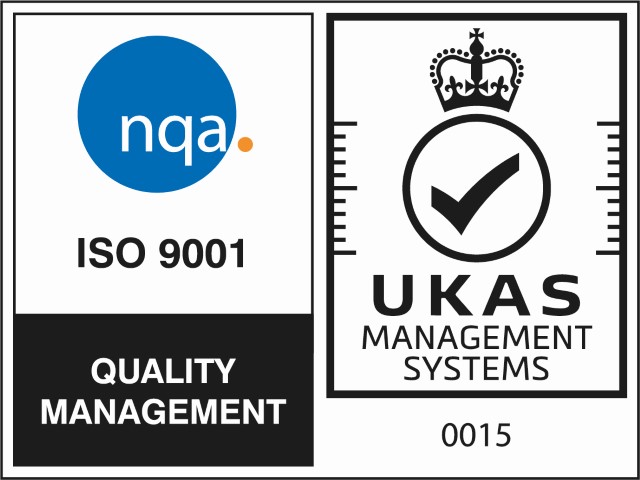Yesterday, the RICS published new rules and guidance on home surveys, which will come into effect in June next year.
Known as the RICS Home Survey Standard, the document sets out mandatory steps and standards that surveyors must stick to when carrying out home surveys.
Based on discussions with industry leaders and consumers, the Standard aims to improve consistency across the survey market. It is also intended to help surveyors meet customer needs better, by clearing up confusion around the different types of survey.
As Tim Allcott, Partner at Allcott Associates – a firm of RICS Chartered Surveyors – points out: “Most companies will already be providing a similar level of service to the one benchmarked by the new Home Survey document. However, a key advantage for clients is that it will become easier to compare firms.”
“Instead of wading through different descriptions of bespoke survey types, standardisation means that consumers can focus on what really matters. Does the surveyor have the experience necessary to assess their home, be it new, old, historic or of unusual construction? Can they advise appropriately for their type of property in its particular location? And, of course, can they do it in a reasonable time-frame and at a cost that is right for them?”
The RICS Home Survey Standard makes the difference between survey types very clear. In the past, there has, perhaps understandably, been considerable confusion on the differences between a Condition Report, HomeBuyer Survey and Building Survey. The new Standard goes much further than simply relabelling these as Level 1, Level 2 and Level 3 surveys and describing the differences. It now also provides clear, practical examples of how the survey types vary.
For example, for a Level 1 survey the surveyor will generally check the opening of one window on each side of the house. A Level 2 survey goes slightly further – if there are different window types, one of each type is opened on every side of the property. The Level 3 survey is more comprehensive – all windows will be checked and opened where possible. In a Level 3 survey, heavy curtains or easily movable possessions will also be repositioned to allow a more thorough inspection; this is not expected in Level 1 and 2 surveys.
Other key elements of the Standard include highlighting the responsibility of the surveyor to help clients decide on the right type of survey for them, and placing more emphasis on getting as much relevant information from the seller as possible. It also includes clear guidelines on the relationship between surveyors and legal advisers, and how the surveyor is expected to act as the ‘eyes and ears’ of the legal entity.
“Although the RICS has given firms over 6 months to implement these changes, there is no reason that clients should not familiarise themselves with these standards now and discuss them with their surveyors. We all want to provide the best service possible and we welcome anything that helps us achieve that aim.”











